In the present day, none much has been said about the issues of racial inequality towards black people even in copper-skinned communities. People interviewed by the media, reality shows, or even those who spoke with authors of articles have no problem interacting with the black community. However, history told us the other way around. In this article, we have compiled a list of ten African-American expulsions where the level of cruelty reached new heights.
Here are the ten cruelest African-American expulsions ever happen.
- Tulsa Race Massacre, Oklahoma (May 31, 1921)
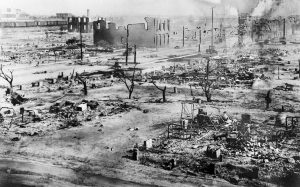
The aftermath of the Tulsa Race Massacre, during which mobs of white residents attacked black residents and businesses of the Greenwood District in Tulsa, Oklahoma, US, June 1921. (Photo by Bettmann Archive/Getty Images)
The Tulsa race massacre occurred on May 31 and June 1, 1921, when vigilantes of white residents, some of whom had been relieved of duty and given weapons by city officials, struck Black residents and destroyed homes and businesses in Tulsa, Oklahoma, US. It is also known as the Tulsa pogrom, the Tulsa race riot, or the Black Wall Street massacre. The assailants set fire to more than 35 square blocks of the neighborhood, which was known as “Black Wall Street” at the time and was one of the wealthiest Black communities in the United States. After 19-year-old Black shoeshiner Dick Rowland was accused of attacking Sarah Page, a 17-year-old white elevator operator in the adjoining Drexel Building, the slaughter began over Memorial Day weekend. He was apprehended and put into custody. More than 800 people were hospitalized to hospitals, and 6,000 Black Tulsa residents were detained in enormous facilities, some for several days. The Oklahoma Bureau of Vital Statistics has confirmed that 36 people have died. Based on current autopsy reports, death certificates, and other data, a 2001 state commission investigation was able to confirm 39 deaths, 26 Black and 13 White. The death toll was estimated to be between 75 and 300 people, according to the committee.
- Rosewood Massacre (January 1923)
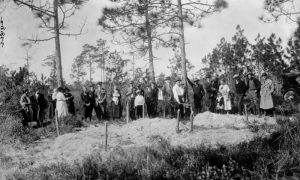
- Ku Klux Klan (1923)
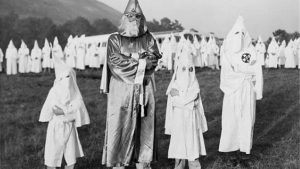
- Colfax Massacre (April 13, 1873)

- Ocoee Massacre (November 2-3, 1920)
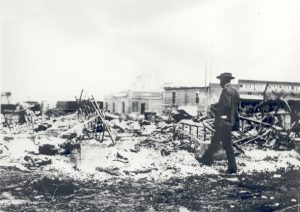
- Pana Riot (April 10, 1899)
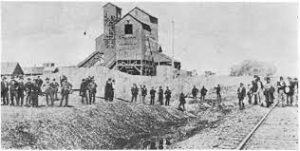
- East St. Louis Race Riots (July 1917)
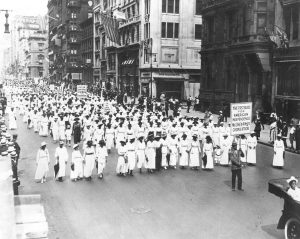
- Pierce City, Missouri (1901)
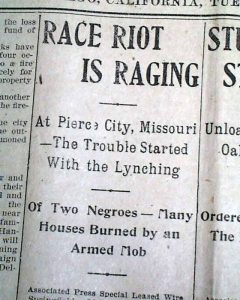
- Vienna, Illinois (1954)
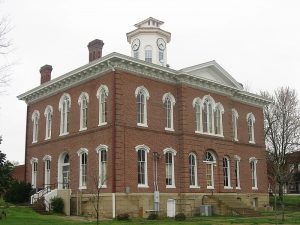
- Forsyth County, Georgia (1912)
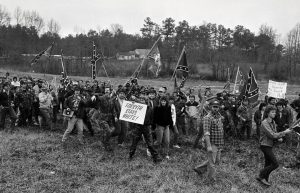
In the United States, African Americans have been brutally evicted from at least 50 towns, cities, and counties. The majority of the expulsions took place in the 60 years after the Civil War, but they persisted until 1954. In addition, small type of expulsions is still happening behind media. These may took place in schools, supermarkets and often in social media where youth receives greater long-term effects. The racial and ethnic inequalities stained the history. But the truth is, none of the race are superior, even the darkest-colored genes can offer something authentic to the world.



